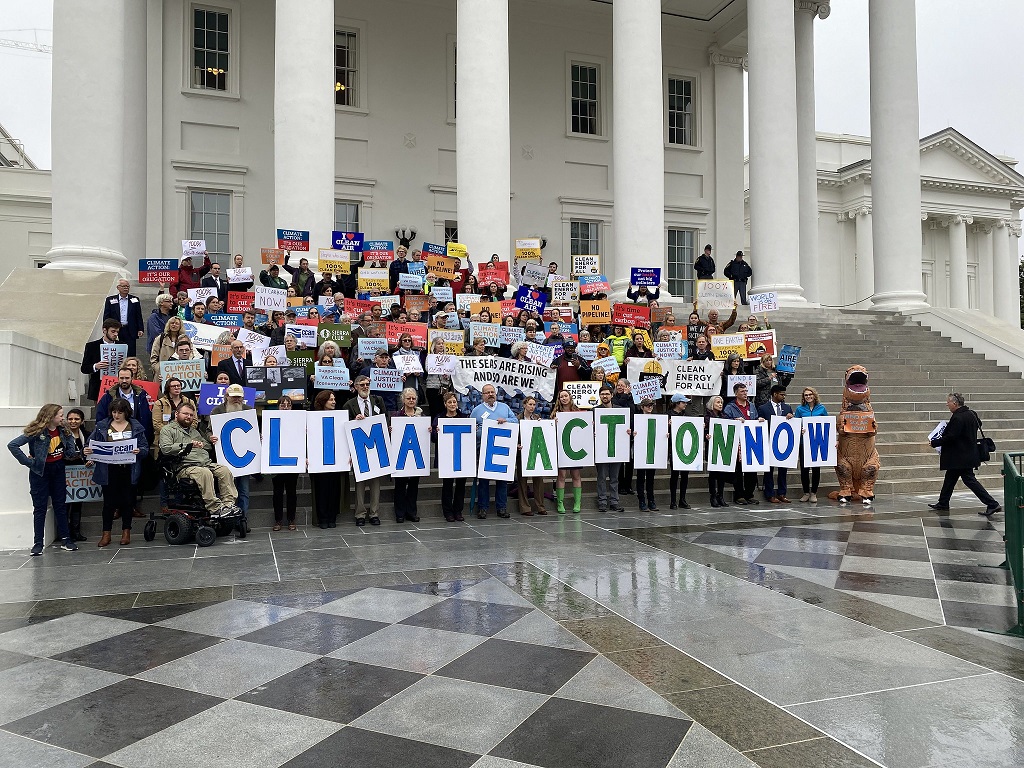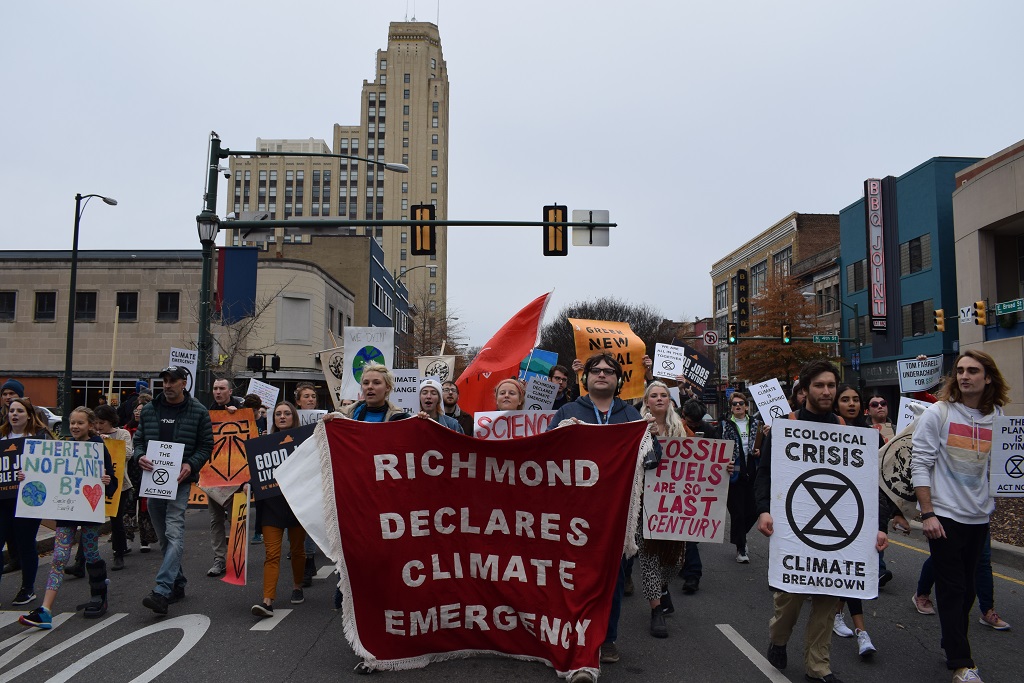Supporting alternative energy, lowering carbon emissions, and protecting Virginia's vulnerable communities were important issues to the crowd that gathered at the Capitol building. Hundreds of clean energy supporters trekked to the State Capitol last week demanding...




